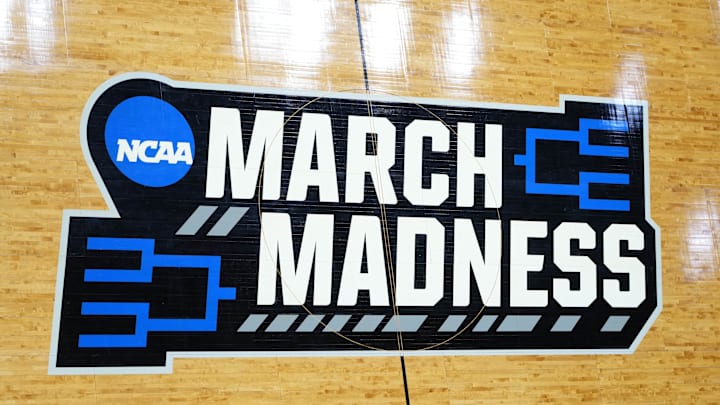Midwest Region (Detroit)
1.) Purdue vs. 16.) Longwood
8.) Dayton vs. 9.) Colorado State
5.) BYU vs. 12.) Yale
4.) Alabama vs. 13.) Samford
6.) South Carolina vs. 11.) Drake
3.) Baylor vs. 14.) Morehead State
7.) Nevada vs. 10.) Colorado/Michigan State
2.) Marquette vs. 15.) South Dakota State
After falling in the Big Ten semifinals, Purdue is still the No. 1 seed in the Midwest region, and thanks to Houston’s loss in the Big 12 final is still the No. 1 overall seed. With a metric average in the top three, a top-10 strength of schedule and a whopping 13-4 road/neutral record gives them the well-deserved honor. Now for Purdue, the story shifts to the storylines of their NCAA Tournament perils. Can the Boilermakers put the nightmare of Fairleigh Dickinson behind them and reach the Final Four for the first time since 1980?
We can call the Midwest region the quadrant of surprise teams. This region is full of teams that have outperformed their preseason expectations. No. 9 Colorado State was a top-15 team earlier in the year and No. 5 seed BYU has been under the radar all season in the Big 12 and just missed out on a top-4 protected seed. The No. 6 seed South Carolina Gamecocks are in this group and don’t sleep on the No. 13 Samford Bulldogs who were picked to finish 4th in the Southern Conference and have gone 29-5.
In looking at teams to watch I am going to look at teams that have been dominant in their conference and could pull an upset or two. The No. 15 seed in the Midwest is the South Dakota State Jackrabbits who won the Summit League tournament. The Jackrabbits are making their seventh tournament title since joining Division I in 2012 after having won their ninth regular season title. They have been close to pulling off the upset as a double-digit seed in their previous appearances with four losses by single digits. The offensively-efficient Jackrabbits are a top-20 team in both effective field goal percentage and two-point percentage, as well as making 36% of their three-point attempts.
